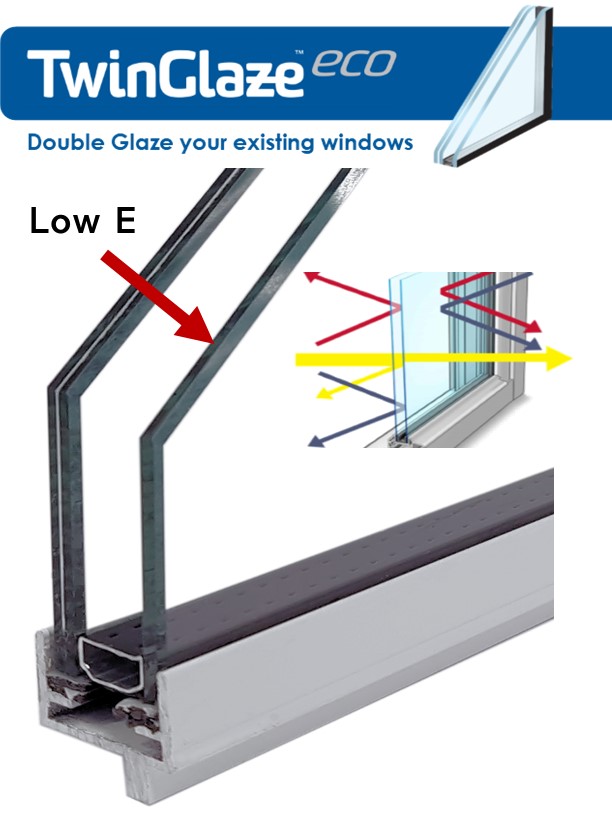All Categories
Featured
Table of Contents
What Are The Advantages Of Double Glazed Windows? in Palmyra Western Australia
That window can send more solar heat in winter season than in summer season. A west-facing window on a summer's afternoon has an angle of occurrence from near 0 as much as 30 with a big effective location of solar radiation. A north-facing window, in summertime, has a high angle of incidence and a low efficient area of solar radiation, so can transfer less heat than a west-facing one.

But you can quickly and quickly enhance the thermal efficiency of your home by changing your windows. This is one of the most reliable techniques of remodelling to accomplish better thermal convenience. There are thousands of types of glass and frames to pick from. Choosing the right ones is essential to enhancing the energy effectiveness of your house.
Double Glazing - About Windows - Window Film Excellence in South Lake Perth
There are various types of glass products to select from. Single glazing utilizes a single pane of glass. Single glazing with clear glass is not very efficient when it pertains to heat loss or gain. To enhance performance, you can utilize single glazing with a more energy-efficient type of glass such as low emissivity (low-e) glass.
The energy efficiency of IGUs likewise depends on: the homes of each layer of glass. Different glass types (for example, clear and low-e glass) can be put together in an IGU.
Buy Double Glazed Upvc Sliding Doors In Sydney in Darch Perth

IGU cavities can be filled with air or a more inert, low-conductivity gas such as argon the width of the cavity. Larger cavities offer lower (better) U worths, with 12mm generally accepted as the preferred space how well the cavity is sealed.
If argon is set up to the cavity in location of air, wetness is dependably excluded the level of desiccant (drying representative). The spacer (metal or polymer strip) that separates the glass layers consists of a desiccant to take in any wetness. Insufficient desiccant may cause wetness to condense on the glass surface area in cold conditions, reducing thermal efficiency.
The Best Double Glazing Companies In Canberra in Kiara Western Australia
IGUs can deliver much better energy efficiency for all environments, specifically in heated and air-conditioned homes. Cross-section information of single, double and triple-glazing units Low emissivity glass (commonly known as low-e glass) decreases heat transfer. Low-e glass might be either high or low transmission: High transmission low-e glass has a finishing that enables daylight from the sun to pass into your home to attain excellent solar heat gain, however decreases the amount of the long wavelength infrared heat that can escape back through the window.
Low-e glass has either a pyrolytic finishing or a vacuum-deposited thin movie metal finishing. Pyrolytic coatings are durable and can be utilized for any glazing; vacuum-deposited finishings are soft and are only used within IGUs. Low-e finishes can substantially improve both U worth and SHGC; nevertheless, they need to be used properly or they will either weaken or fail to perform as required.
Canberra Window Replacement - Upvc Double Glazed ... in Maida Vale Western Australia
Low-e finishings can be utilized in combination with clear, toned or reflective glass. Low-e coverings on glazing can lower heat transfer where required Image: Department of Industry, Science, Energy and Resources Toned glass has colouring additives included during manufacture. It is offered in numerous colours, usually bronze, grey, blue and green.
Table of Contents
Latest Posts
How Much Money Does Double New Glazing Save? in Piesse Brook Western Australia
Does Double Glazing Reduce Heat In Summer Uk? in Hocking Western Australia
Summer House Windows Online - Windows24.com in WA
More
Latest Posts
How Much Money Does Double New Glazing Save? in Piesse Brook Western Australia
Does Double Glazing Reduce Heat In Summer Uk? in Hocking Western Australia
Summer House Windows Online - Windows24.com in WA